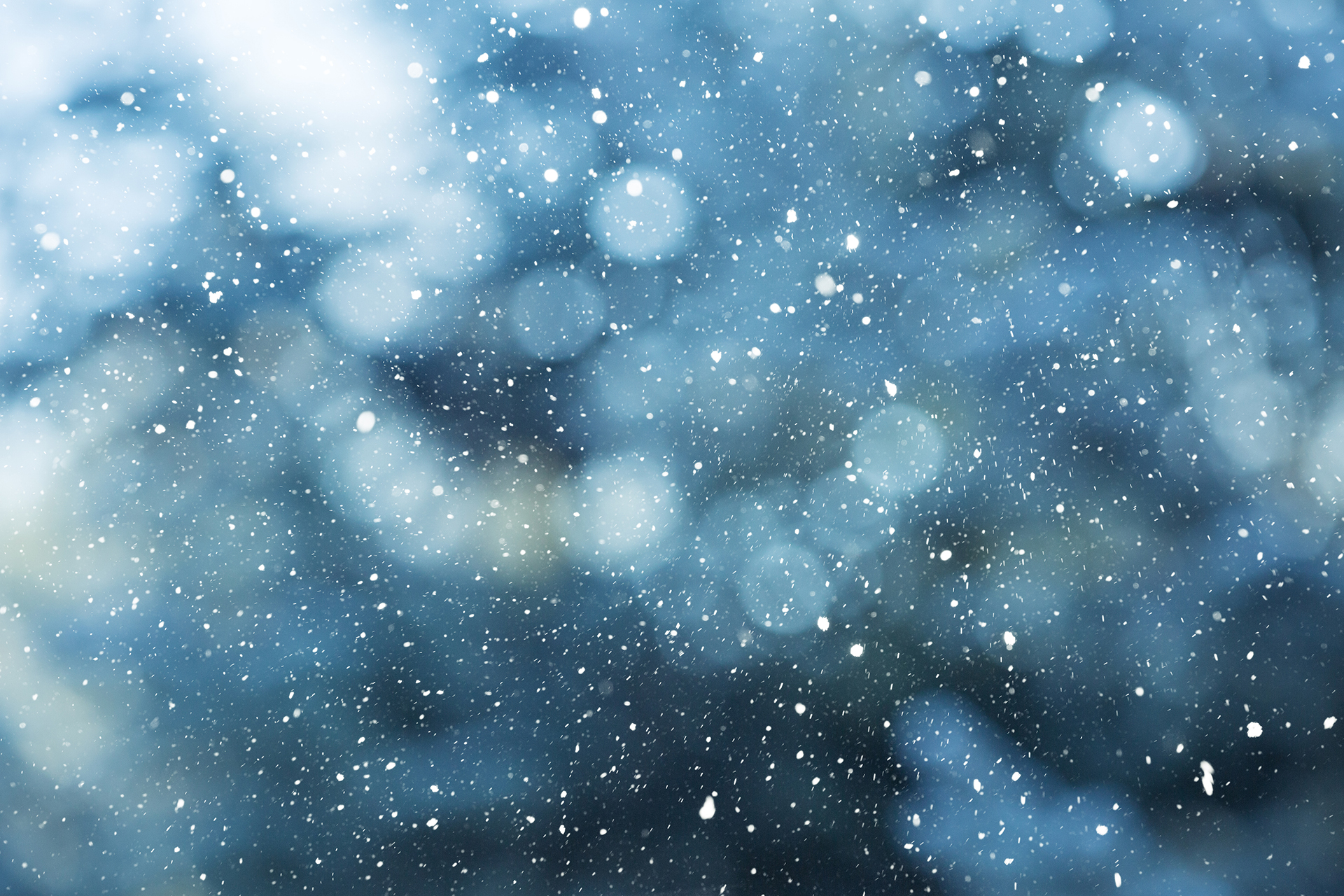Baby, It’s Warm Outside

Don’t say global warming.
That’s a political term, especially nowadays. Besides, there are a lot of factors that go into global warming besides the temperature of the air and water — like President Donald Trump being the antichrist, for example.
Let’s just say the big egg-shaped thing with all the continents and water you see from space is, um, getting a wee bit steamy. That means the former Vice President Al Gore was onto something back in 2006, when he was 30 pounds slimmer and a half-billion bucks poorer.
Politics aside, the first two months of winter — December and January — were the warmest on record across the United States, according to the National Oceanic and Atmospheric Administration.
According to the New York State Energy Research and Development Authority, all big cities of the Northeast and mid-Atlantic — from Boston to Washington, D.C. — have seen less snow than usual or no snow at all.
“Nothing has been normal the past two years,” said Southampton Town Highway Superintendent Alex Gregor. He said despite the sparse snow accumulations, “we have had three or four salting events,” this winter. Safety is always an issue when dealing with the weather, he pointed out.
The simplest explanation is the cold Arctic air that usually drops down into continental United States and lingers hasn’t come for its usual extended visit this season.
The average cost of heating oil in New York is down 3 percent, to $2.95 a gallon, and — unless we’re keeping the back door open — we’re using less.
Health wise, it’s a dual-edged sword. If you’re allergic to pollen, you probably get a break when the weather turns cold, according to WebMD. On the other hand, when it gets cold and your furnace kicks on, it sends dust, mold spores, and insect parts into the air. They can get into your nose and cause a reaction.
There have been cost savings for the municipalities, though not significant, Gregor said. The way the system works today is the town estimates its use of sand and salt and pays a surcharge if it uses less than the amount estimated. “We don’t have a snow budget,” Gregor said. The money reverts to town coffers. Some of his crew misses the overtime pay, he acknowledged. “Some have complained. But some complain when they get the phone call at two o’clock in the morning.”
Those of us who have fallen prey to deer and lone star ticks tend to be under the assumption that a bad winter kills them. Not so, according to a study by the University of Rhode Island. Deer tick adults are not killed by freezing temperatures. Even in the coldest regions of North America, these ticks can still be active on days when temperatures are above freezing and they’re not covered over by snow. It’s most likely to happen if the ground is thawed and the temperature is above freezing.
There is a chance of snow next week, though. A paltry 3.3-inch prediction. The official U.S. Weather Service forecast is: “March is a transitional month in New York, and the first few days may still have winter-like weather, but expect spring weather from mid-March onward. The temperatures remain low, between 33.8°F (1°C) and 48.2°F (9°C), on average. The nights may become colder — at 28.4°F (-2°C) — and snowfall is expected in the first few days of the month. From the middle of the month on, the cold winds will be minimal.”
rmurphy@indyeastend.com



